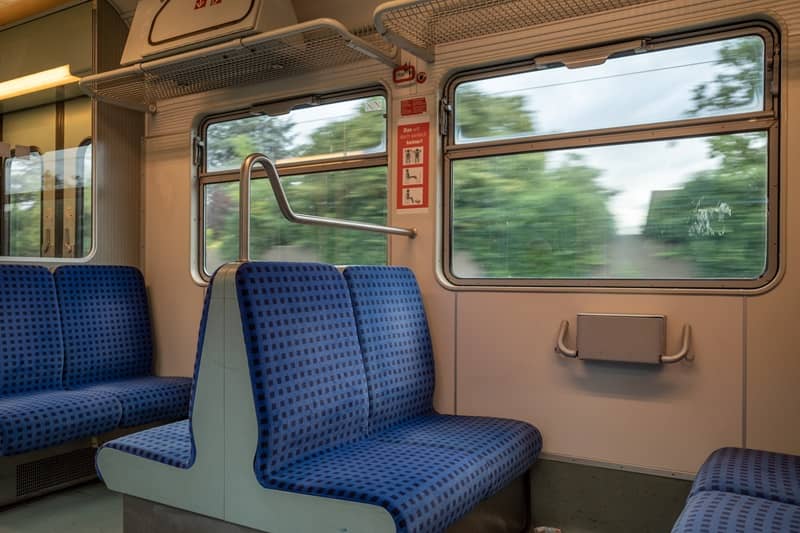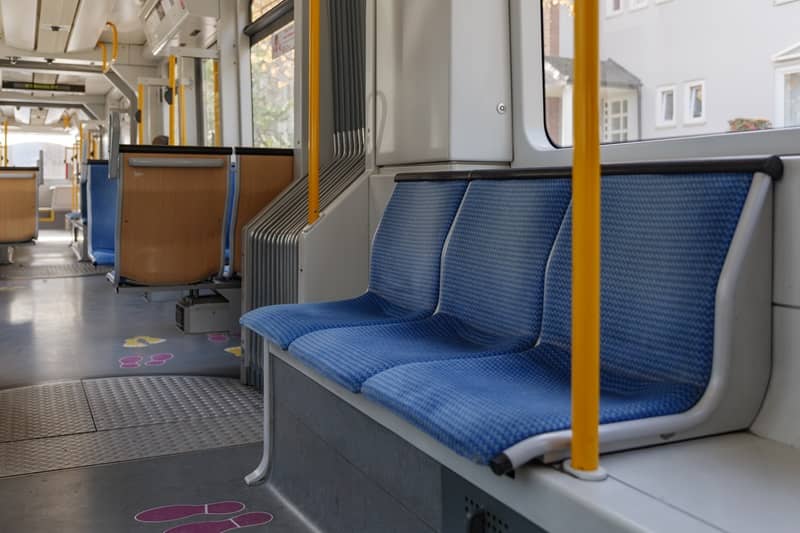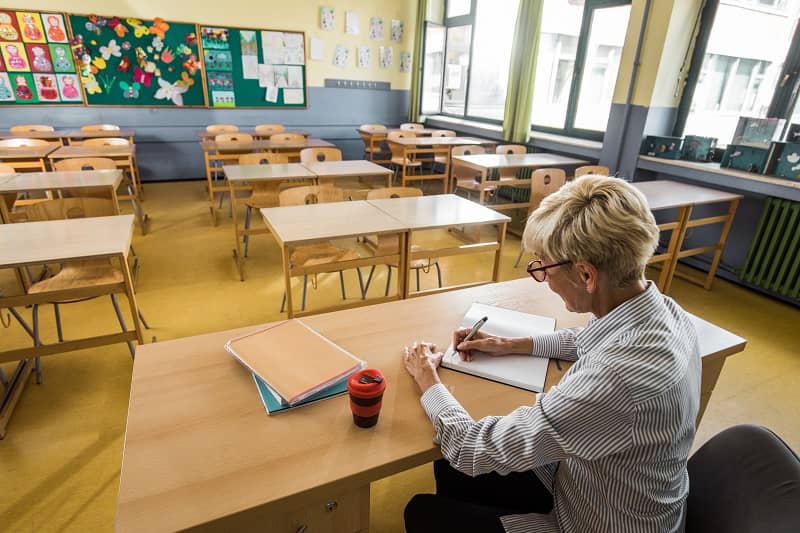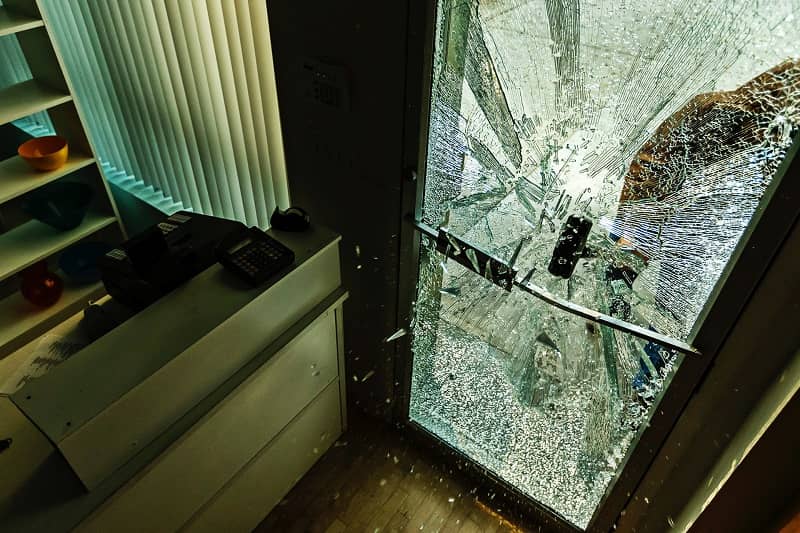April 2, 2024
Mr. Gary Hollands
Chair, Portland Public School Board
501 N. Dixon Street
Portland, OR
Dear Chair Hollands:
Cascade Policy Institute is a non-profit policy research organization based in Portland. Many of our members reside within the boundaries of the PPS district and have an interest in matters before the Board.
We are aware that the school modernization team is currently in a “pause” period in order to undertake further due diligence and receive additional input from the community. We recognize that there is no “best” solution, just a series of tradeoffs. With that in mind, we offer the following package of tradeoffs for your consideration.
Summary Recommendation
- Insist on a construction budget of $311 million, as directed by voters in 2020
- Move students off site during construction, using either Harriett Tubman or Benson as a “swing” site
- If Tubman becomes the swing site, move Tubman students to Humboldt school
- If necessary, move KairosPDX to a different location
- Consider retaining the main 1909 building as recommended in the 2022 Conceptual Master Plan Report, based on information shared with the F & O committee on March 19 that modernizing the building may be more cost-effective than demolishing it
- Plan for Risk Category III seismic resilience (Oregon code), rather than Category IV
- Quantify the marginal cost of complying with the district’s “climate” policies, and consider exempting JHS from the policy if necessary to say within budget
- Analyze the benefit-to-cost ratio of the proposed $6.1 million GET expenditure, and cut the project if the simple payback period exceeds 20 years
- Adopt the 2020 Conceptual Master Plan Report recommendation of modernizing JHS for 1,000 students, while leaving space for future expansion
Discussion
Budget compliance: Over the past two years the JHS modernization budget has escalated from $311 million to $491 million, due largely to “scope” issues that are within the Board’s control. This raises the question of whether Board members are breaching their fiduciary obligations. As a reminder, trustees have many legal responsibilities, including:
- A duty of undivided loyalty to beneficiaries;
- A duty to exercise reasonable care and skill in managing the trust;
- A duty to use reasonable care to prevent breach of the trust by co-trustees; and
- A duty to follow the direction of persons given control over the trustee.
It is basic trust law that a trustee must prudently manage trust property and ensure that funds are managed in a way that will benefit all trust beneficiaries. The standard of care, diligence, and skill required of a trustee in the administration of a trust is that of “an ordinarily prudent person in the conduct of his or her private affairs under similar circumstances, and with a similar object in view.” [1]
In 2020 the PPS Board was explicit that the proposed bond measure allocated $311 million for a full modernization of Jefferson. This was reinforced many times by bond advocates, as well as the Multnomah County Tax Supervising and Conservation Commission.
As the Board now grapples with various tradeoffs, compliance with the voter-approved budget should be non-negotiable. Your number one job is to manage the budget. If staff and community members understand that $311 million is the limit, it will make other decisions easier by providing an intellectual foundation.
Swing sites: During the staff presentation at the most recent F & O meeting, it was stated that keeping students on site would substantially lengthen construction time, and “time equals cost.” As trustees, you have a duty to get this project done in the shortest time possible.
Four other high school modernization projects have used a swing site during construction, so it is certainly not unfair to ask Jefferson students to do the same. But the site doesn’t have to be Marshall. There are two other locations that could possibly work: Harriet Tubman Middle School and Benson High School.
Tubman has seating capacity of 732, so it could easily accommodate the 481 Jefferson students. When the new Benson opens next fall, it will also have excess capacity of at least 600 seats that could potentially serve Jefferson students.
If Tubman becomes the preferred swing site, middle school students could move to Humboldt. KairosPDX might need to be relocated, but there are multiple nearby schools that are under-utilized. Co-location of charters within district schools is a common practice throughout the country.
Regardless, by keeping all middle school and high school students within the Albina neighborhood, many parental concerns would be addressed, and the construction process at Jefferson could proceed at a faster pace.
Several years ago it was assumed by PPS management that Tubman would not be available after 2026, but ODOT’s plan for auxiliary lanes on I-5 are becoming more remote by the day. ODOT has a major budget gap for the project, and that was made worse by the announcement last month by Gov. Kotek that there will be no highway tolling in the near future.
Even if ODOT can find the money to expand I-5 near Tubman, the air quality analysis for that project demonstrated that emissions associated with motor vehicle traffic will be decreasing over the next 15 years under all scenarios, and would actually decrease even more if the auxiliary lanes are built.
Moreover, just seven years ago PPS invested $18 million in renovations for Tubman, including one of the best air filtration systems in the country.
During the window of construction for Jefferson, the current Tubman school should be available for use by Jefferson students, if the Board is willing to temporarily move the middle school students to Humboldt.
Retain the 1909 building: For the past five years of public outreach, retaining the original high school was deemed important to the community. That preference seemed to shift only when it was announced that students would need to use Marshall as the swing site. If students are kept within the neighborhood but away from the construction site, presumably many Jefferson supporters would again favor retaining the 1909 building.
Also, it was suggested at the recent F & O meeting that demolishing the 1909 building could be more expensive than renovating it. The relevant factors seem to be the hard cost of removing the building; control of toxic dust from the demolition; and a more complicated permitting process through the City of Portland.
If further due diligence confirms that modernizing the 1909 building is more cost-effective than demolition, the Board should retain the original school.
Seismic resilience: According to the 2022 Concept Plan, new and renovated schools are being over-engineered, at a significant cost to taxpayers. As stated in the Plan:
The building code requires that schools be designed as a risk category III structure. The entire building, including renovations, will be designed as a risk category IV structure for increased seismic resilience only. This will increase the seismic design forces by 20%. KPFF expects the added cost of this design to be approximately $5.00 per square foot applied to the square footage of the new buildings and $15 to $20 per square foot for renovated buildings.
This is a substantial cost difference. As fiduciaries the Board is certainly obligated to build to code, but not beyond.
Marginal cost of climate policy: At the F & O meeting, one of the Board members asked what the cost would be to electrify all the buildings. The staff was not prepared to answer that question. The answer should be known before a final design decision is made.
It was also noted that, hypothetically, the supporters of the climate policy might have had a different perspective back in 2022 if they had known what the cost implications would be for the remaining three high school projects. Indeed, that question should have been asked, and the failure to do so could expose Board members to breach of trust claims if the marginal cost turns out to be big enough.
Also, as I pointed out at the time, the electric grid is heavily dependent on fossil fuels and will be for decades to come, so electrifying all future school buildings simply changes the location of where natural gas will be burned, not the quantity.
It’s now time to consider the cost of climate policy, which will be borne locally, not globally. If the cost premium is material, the Board should exempt JHS from the policy, or simply change the policy.
GET spending and the prudent person rule: The latest JHS budget shows a line item of $6.1 million for the state-mandated use of so-called “green energy” technology. Only two years ago the project was estimated at $3.45 million. This rapidly rising expense deserves scrutiny by the Board, because there are ways to avoid it.
The GET requirement was enacted by the state legislature in 2007 in HB 2620, and requires most public bodies spending more than $5 million on new construction or building renovation to spend 1.5% of the budget on “green energy” technologies. The choices include woody biomass, geothermal, and solar (or solar paired with batteries), but most public bodies opt for solar arrays.
The Oregon Department of Energy (ODOE) maintains a database of all projects and submits a report annually to the state legislature. In 2017, Nigel Jaquiss wrote a feature for Willamette Week regarding the ODOE annual report for the GET program, highlighting some of the more wasteful projects that will never pay for themselves.
He also interviewed agency managers who refused to comply with the GET mandate on the grounds that it was a poor use of public funds. Four school districts – Fern Ridge, Lane, South Lane and MicMinnville – elected not to include solar panels in new building projects. According to information filed with ODOE:
The Lane District’s design engineers have reviewed the project and have calculated that a simple payback would be over 20 years. With this information, the district has decided that an expenditure for this system would not be a prudent use of taxpayers’ money.
In 2022 the Bend-LaPine School District also declined to spend 1.5% of the construction budget on GET for the district’s addition to the high school, on the grounds that it was not cost-effective.
According to ODOE, the determination as to whether GET is appropriate or inappropriate is made by the local public body. If the entity cannot find an acceptable project, the 1.5% cost premium is deferred to the next project, if state money is being used. Since the PPS construction program is being funded primarily through local bond measures, this requirement would likely not apply, and the District could defer costs indefinitely.
Recent history suggests that local taxpayers are being taken advantage of with this program. At Lincoln High School, the District spent $1.09 million on GET, and the solar array generates electricity with an annual value of roughly $30,000. This means the project might pay for itself in 36 years, a period longer than the lifespan of the equipment itself.
For McDaniel, the District spent $2.14 million on a GET project, which produces electricity valued at $33,000 annually. The simple payback period will take 65 years.
For Benson, the district spent $3.18 million and expects to receive annual energy benefits of $40,206. This works out to a simple payback period of 79 years.
Now the design team plans to spend $6.1 million on a GET project at Jefferson, and there are two more high schools in the pipeline. It’s past time to subject these projects to rigorous benefit-cost analysis. Any payback period longer than 20 years should be rejected, as it was by your public school peers elsewhere.
Plan for student enrollment of 1,000 and leave room for expansion later: There is no plausible need for capacity of 1,700 in the near future. District enrollment is shrinking and JHS enrollment is shrinking. The 2020 Conceptual Master Plan envisioned building for 1,000 students in the first phase, and 700 later in a separate wing. That was a prudent approach that you should embrace today.
Public involvement: The staff materials outline a nine-month outreach plan, complete with community dinners, on-site meetings at schools, social media, and other forms of engagement.
As a member of the public I value public involvement, but the plan is excessive. It adds too much delay. You should settle on a proposed final conceptual plan sometime soon, and put it out for a 45-day comment period. After analyzing the comments, you should modify the plan as necessary and move ahead with construction.
Sincerely,
John A. Charles, Jr.
President & CEO
[1] Restatement (Second) of Trusts §§ 169-185 (1980); Restatement (Third) of Trusts §§ 170-171, 181, 183-185.












